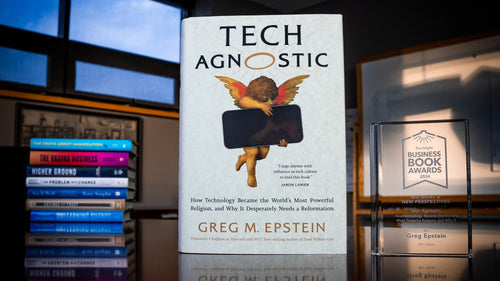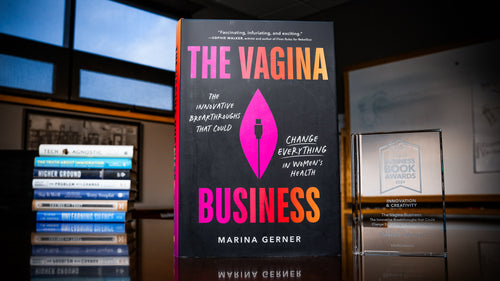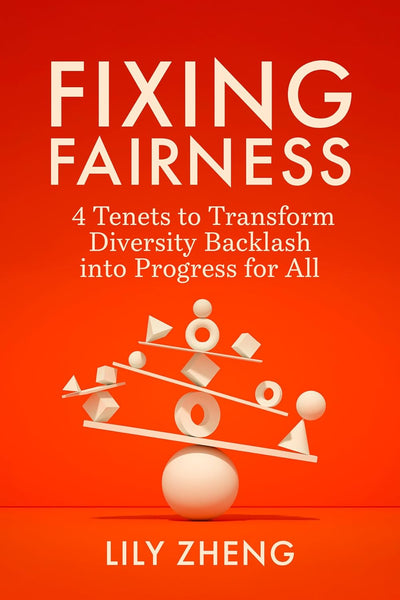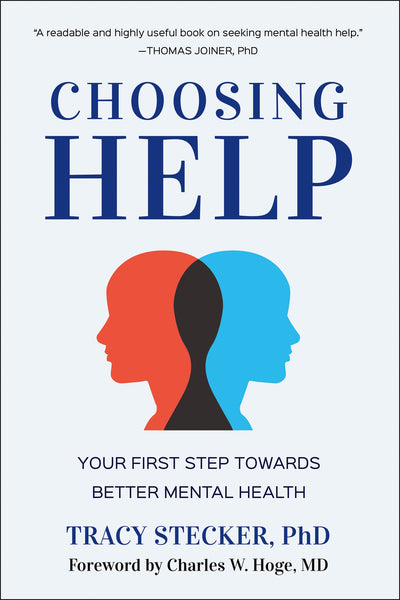Invisible Women: Data Bias in a World Designed for Men

Data is fundamental to the modern world. From economic development, to healthcare, to education and public policy, we rely on numbers to allocate resources and make crucial decisions. But because so much data fails to take into account gender, because it treats men as the default and women as atypical, bias and discrimination are baked into our systems. And women pay tremendous costs for this bias, in time, money, and often with their lives.
Celebrated feminist advocate Caroline Criado Perez investigates the shocking root cause of gender inequality and research in Invisible Women, diving into women’s lives at home, the workplace, the public square, the doctor’s office, and more. Built on hundreds of studies in the US, the UK, and around the world, and written with energy, wit, and sparkling intelligence, this is a groundbreaking, unforgettable exposé that will change the way you look at the world.
◊◊◊◊◊
Most of recorded human history is one big data gap. Starting with the theory of Man the Hunter, the chroniclers of the past have left little space for women’s role in the evolution of humanity, whether cultural or biological. Instead, the lives of men have been taken to represent those of humans overall. When it comes to the lives of the other half of humanity, there is often nothing but silence.
And these silences are everywhere. Our entire culture is riddled with them. Films, news, literature, science, city planning, economics. The stories we tell ourselves about our past, present and future. They are all marked—disfigured—by a female-shaped ‘absent presence’. This is the gender data gap.
The gender data gap isn’t just about silence. These silences, these gaps, have consequences. They impact on women’s lives every day. The impact can be relatively minor. Shivering in offices set to a male temperature norm, for example, or struggling to reach a top shelf set at a male height norm. Irritating, certainly. Unjust, undoubtedly.
But not life-threatening. Not like crashing in a car whose safety measures don’t account for women’s measurements. Not like having your heart attack go undiagnosed because your symptoms are deemed ‘atypical’. For these women, the consequences of living in a world built around male data can be deadly.
One of the most important things to say about the gender data gap is that it is not generally malicious, or even deliberate. Quite the opposite. It is simply the product of a way of thinking that has been around for millennia and is therefore a kind of not thinking. A double not thinking, even: men go without saying, and women don’t get said at all. Because when we say human, on the whole, we mean man.
This is not a new observation. Simone de Beauvoir made it most famously when in 1949 she wrote, ‘humanity is male and man defines woman not in herself, but as relative to him; she is not regarded as an autonomous being. […] He is the Subject, he is the Absolute—she is the Other.’1 What is new is the context in which women continue to be ‘the Other’. And that context is a world increasingly reliant on and in thrall to data. Big Data. Which in turn is panned for Big Truths by Big Algorithms, using Big Computers. But when your big data is corrupted by big silences, the truths you get are half-truths, at best. And often, for women, they aren’t true at all. As computer scientists themselves say: ‘Garbage in, garbage out.’
This new context makes the need to close the gender data gap ever more urgent. Artificial intelligence that helps doctors with diagnoses, that scans through CVs, even that conducts interviews with potential job applicants, is already common. But AIs have been trained on data sets that are riddled with data gaps—and because algorithms are often protected as proprietary software, we can’t even examine whether these gaps have been taken into account. On the available evidence, however, it certainly doesn’t look as if they have.
Numbers, technology, algorithms, all of these are crucial to the story of Invisible Women. But hey only tell half the story. Data is just another word for information, and information has many sources. Statistics are a kind of information, yes, but so is human experience. And so I will argue that when we are designing a world that is meant to work for everyone we need women in the room. If the people taking decisions that affect all of us are all white, able-bodied men (nine times out of ten from America), that too constitutes a data gap—in the same way that not collecting information on female bodies in medical research is a data gap. And as I will show, failing to include the perspective of women is a huge driver of an unintended male bias that attempts (often in good faith) to pass itself off as ‘gender neutral’. This is what de Beauvoir meant when she said that men confuse their own point of view with the absolute truth.
The female-specific concerns that men fail to factor in cover a wide variety of areas, but as you read you will notice that three themes crop up again and again: the female body, women’s unpaid care burden, and male violence against women. These are issues of such significance that they touch on nearly every part of our lives, affecting our experiences of everything from public transport to politics, via the workplace and the doctor’s surgery. But men forget them, because men do not have female bodies. They, as we will see, do only a fraction of the unpaid work done by women. And while they do have to contend with male violence, it manifests in a different way to the violence faced by women. And so these differences go ignored, and we proceed as if the male body and its attendant life experience are gender neutral. This is a form of discrimination against women.
Throughout this book I will refer to both sex and gender. By ‘sex’, I mean the biological characteristics that determine whether an individual is male or female. XX and XY. By ‘gender’, I mean the social meanings we impose upon those biological facts—the way women are treated because they are perceived to be female. One Invisible Women is man-made, but both are real. And both have significant consequences for women as they navigate this world constructed on male data.
But although I talk about both sex and gender throughout, I use gender data gap as an overarching term because sex is not the reason women are excluded from data. Gender is. In naming the phenomenon that is causing so much damage to so many women’s lives, I want to be clear about the root cause and, contrary to many claims you will read in these pages, the female body is not the problem. The problem is the social meaning that we ascribe to that body, and a socially determined failure to account for it.
Invisible Women is a story about absence—and that sometimes makes it hard to write about. If there is a data gap for women overall (both because we don’t collect the data in the first place and because when we do we usually don’t separate it by sex), when it comes to women of colour, disabled women, working-class women, the data is practically non-existent. Not simply because it isn’t collected, but because it is not separated out from the male data—what is called ‘sex-disaggregated data’. In statistics on representation from academic jobs to film roles, data is given for ‘women’ and ‘ethnic minorities’, with data for female ethnic minorities lost within each larger group. Where they exist, I have given them—but they barely ever do.
The point of this book is not psychoanalysis. I do not have direct access to the innermost thoughts of those who perpetuate the gender data gap, which means that this book cannot provide ultimate proof for why the gender data gap exists. I can only present you with the data, and ask you as a reader to look at the evidence. But nor am I interested in whether or not the person who produced a male-biased tool was a secret sexist. Private motivations are, to a certain extent, irrelevant. What matters is the pattern. What matters is whether, given the weight of the data I will present, it is reasonable to conclude that the gender data gap is all just one big coincidence.
I will argue that it is not. I will argue that the gender data gap is both a cause and a consequence of the type of unthinking that conceives of humanity as almost exclusively male. I will show how often and how widely this bias crops up, and how it distorts the supposedly objective data that increasingly rules our lives. I will show that even in this super-rational world increasingly run by super-impartial supercomputers, women are still very much de Beauvoir’s Second Sex—and that the dangers of being relegated to, at best, a sub-type of men, are as real as they have ever been.
Excerpted from Invisible Women: Data Bias in a World Designed for Men.
Published in 2019 by Abrams Press, an imprint of ABRAMS.
Copyright © 2019 by Caroline Criado Perez.
All rights reserved.
ABOUT THE AUTHOR
Caroline Criado Perez is a writer, broadcaster, and feminist activist, named Liberty Human Rights Campaigner of the Year and OBE by the Queen. She has a degree in English language and literature from the University of Oxford, and she studied behavioral and feminist economics at the London School of Economics. She lives in London.
































































